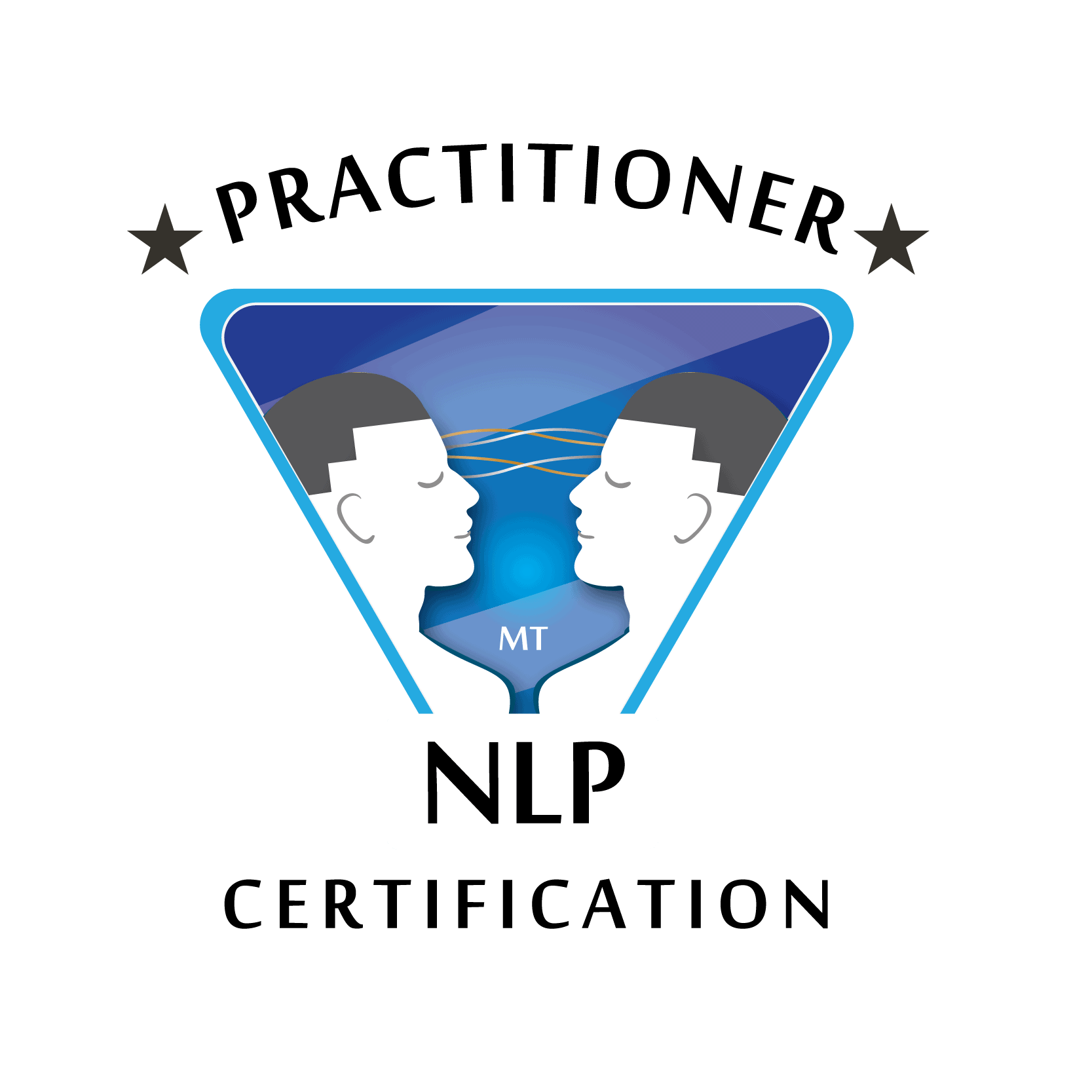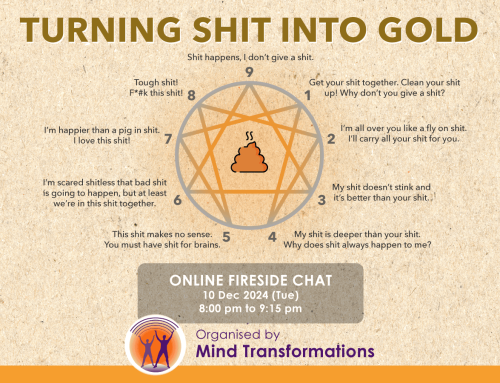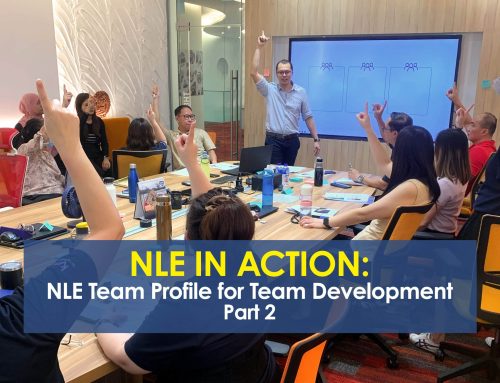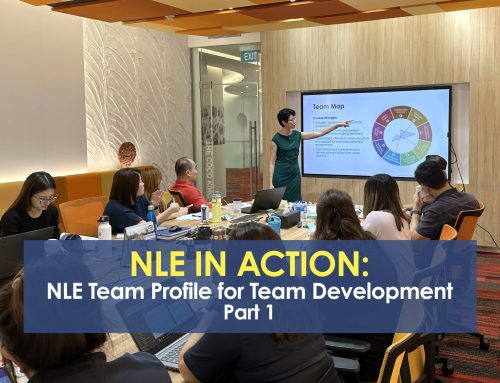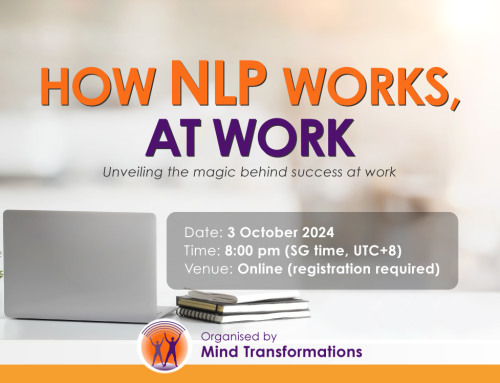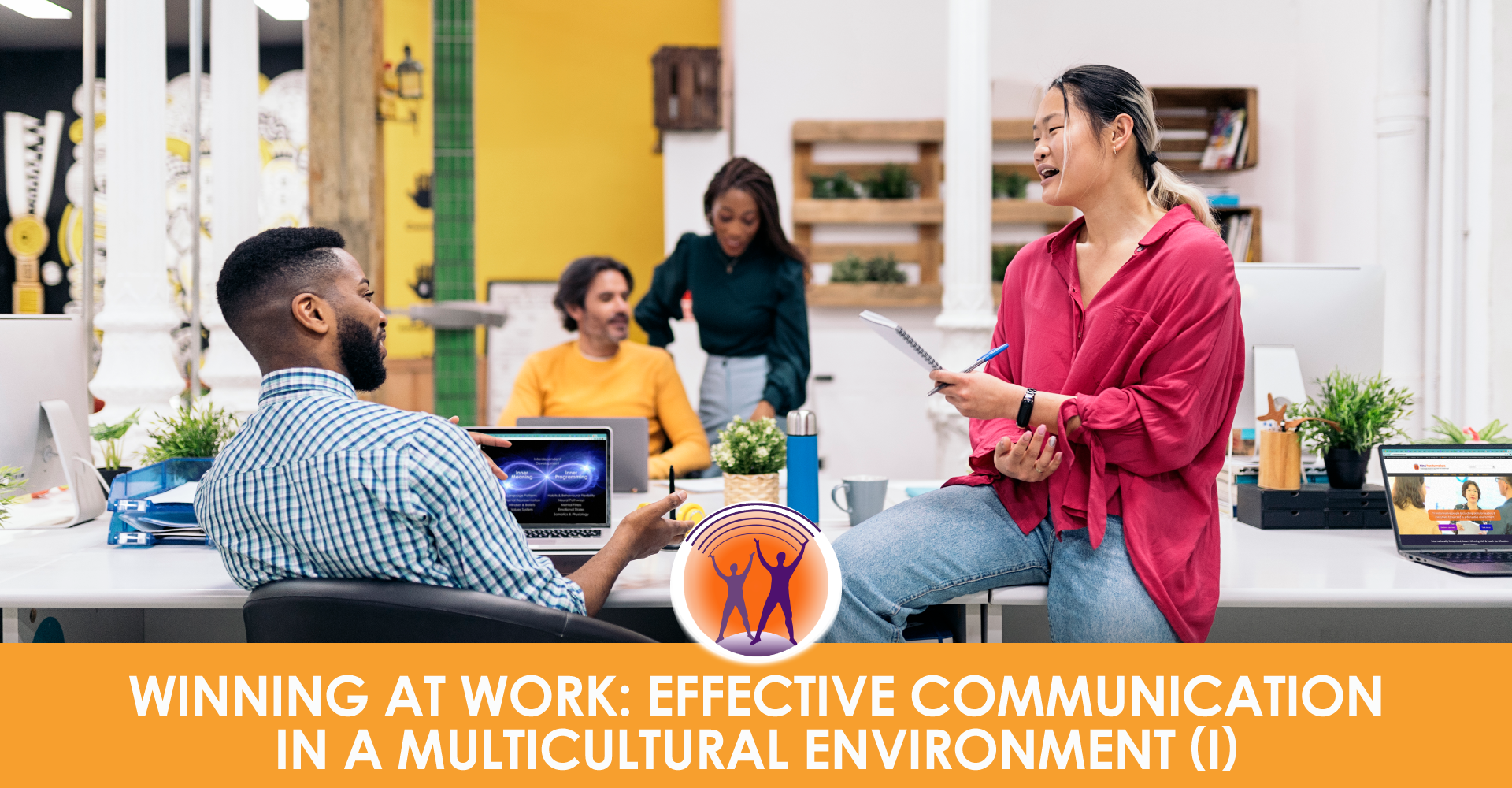

"The single biggest problem in communication is the illusion that it has taken place."
– George Bernard Shaw.
(This is the first article of a three-part series on effective communication in the cross-cultural workplace.)
Cross-border business has been growing; with it, the need to work with business partners and project teams across cultures. Furthermore, with talent becoming increasingly mobile globally, even smaller companies are seeing a change in the cultural mix of their employees.
Coupled with the proliferation of communication tools enabling seamless information exchanges across borders (Zoom, anyone?), most of us in the workforce will likely communicate with someone from a different culture at least once a week.
Practice doesn't make perfect.
Despite doing it so often, many of us still find ourselves lacking in cross-cultural communication.
If you've found yourself struggling to communicate effectively with someone from a different cultural background, you’re not alone. Maybe you misunderstood the person’s intentions, or they misinterpreted your words or actions. In a multicultural workplace, these communication challenges can be a common occurrence.
Ineffective communication can lead to unnecessary tension or conflicts and missed opportunities. Professionals may fail to understand their colleagues' perspectives and needs, resulting in misalignment, inefficiency, and, ultimately, failure to reach common goals.
Recognising the impact of diverse perspectives, values, and communication styles is vital in a multicultural workplace.
Each culture has its way of prioritising values, such as individualism vs collectivism and hierarchy vs egalitarianism. These values influence how individuals express themselves, make decisions, and interact with others.
Overlaid on that, each individual brings their own unique background and experiences.
By acknowledging and respecting these differences, you can foster an inclusive work environment where everyone feels heard and valued.
On top of that, we can improve our results if we focus our practice on three specific areas: paying attention to non-verbal communication, adopting the NICE framework, and minding your ABCs.
Part 1: The Power of Non-Verbal Communication: Unleash Your Unspoken Influence
It's the things that people don't say that truly matter.
(And you need to know where to look for them.)
By learning to read non-verbal cues and hidden psychological expressions, you can gain a deeper understanding of others and adapt your communication style during a conversation.
Non-verbal communication cues, such as body language, facial expressions, and tone of voice, have the extraordinary ability to convey emotions and intentions in ways that words alone cannot.
As professionals navigating a multicultural workplace, understanding and harnessing the power of non-verbal cues is essential for building strong relationships and achieving success.
Our non-verbal cues hold the key to unlocking the truth behind our words.
Think of a situation where someone says, "I'm fine", with a flat tone, crossed arms, and a furrowed brow. Did their words truly reflect their emotions?
Albert Mehrabian (1967) estimated that when the message conveyed through the verbal and non-verbal channels are inconsistent, the non-verbal component (body language and tone of voice) would carry as much as 93% of the meaning, with words having only 7% of the overall meaning conveyed.
When we can tune in to the non-verbals of the other party, it allows us to
a) match the non-verbal cues to build rapport;
b) mismatch in small degrees to lead the conversation; and
c) calibrate the shifts during the conversation to gain data about things that may hold deeper meaning to the person and may be worth exploring further.
Honing our ability to observe and respond to others' non-verbal cues in a conversation can go a long way in increasing our effectiveness in communication. In the multicultural context, it is also essential to be mindful that gestures can have different meanings across cultures. (More about that in Part 2.)
In Part 2, we will introduce the NICE framework - an essential primer in navigating and embracing cultural diversity.
Mind Transformations' NLP training includes observing others’ non-verbal cues and adapting our communication - verbally and non-verbally - to communicate more smoothly with others, and the art of asking questions to find out what matters to them.
You can begin by learning how to Communicate with Impact using NLP. Chat with us to find out more: info @ nlpsgasia.com.
